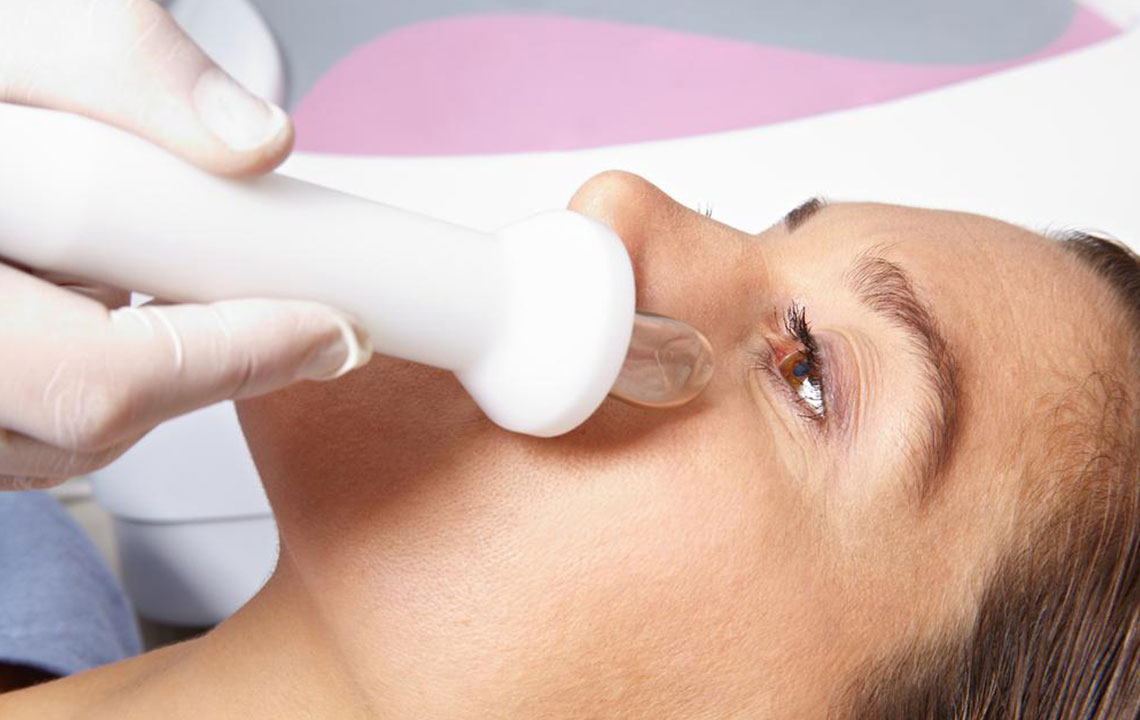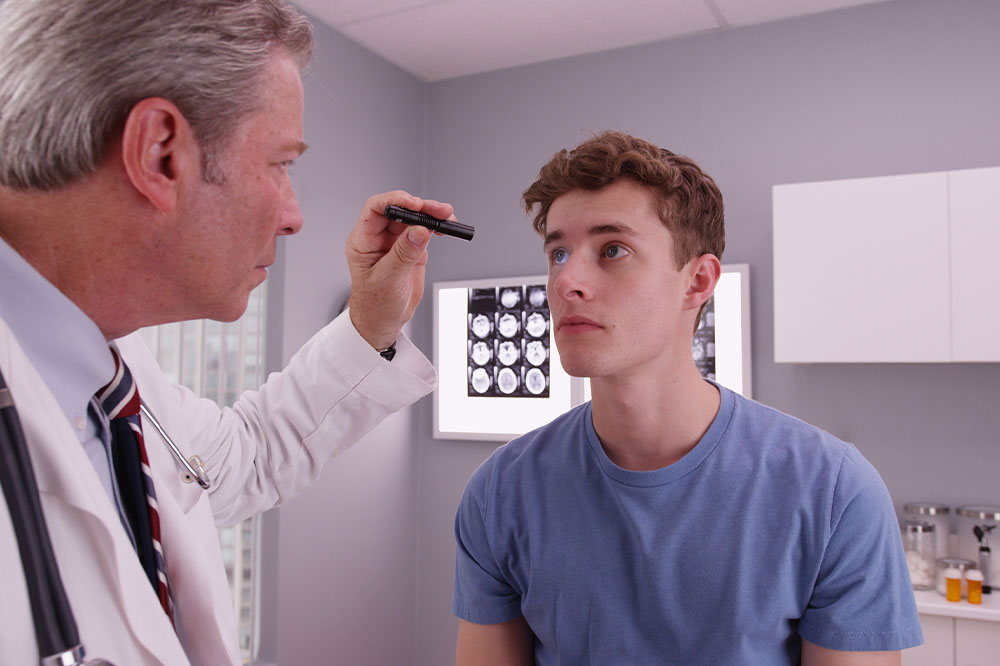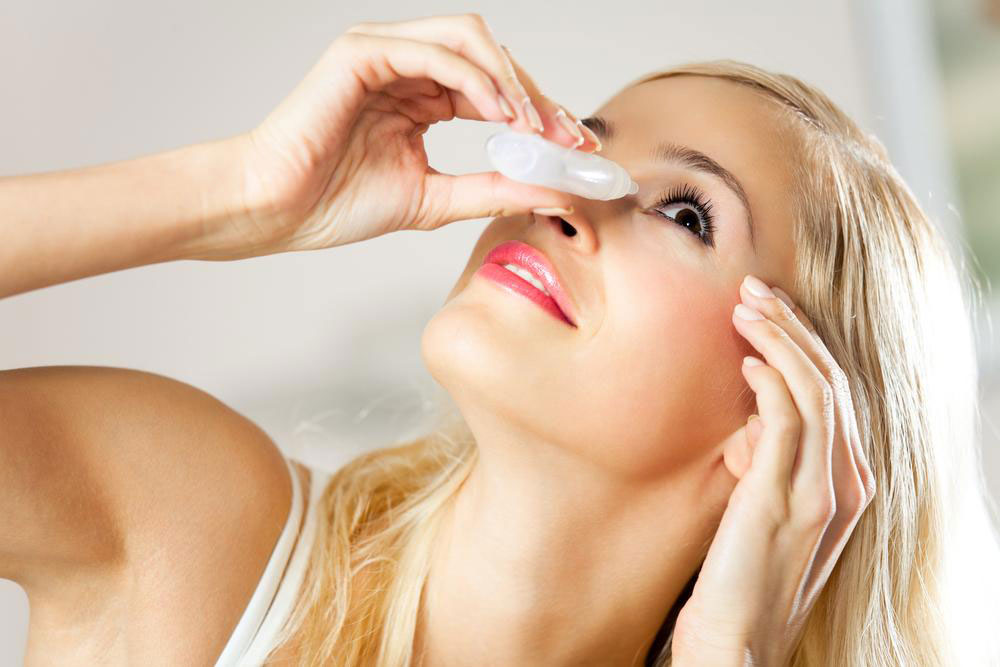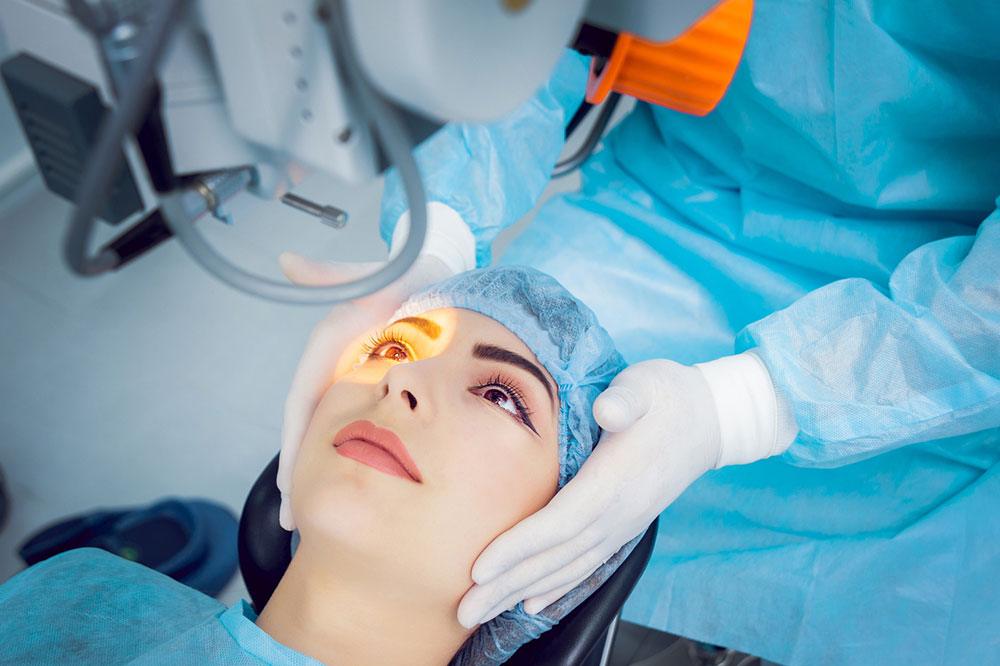Comprehensive Guide to Treating Blocked Tear Ducts and Restoring Eye Health
This comprehensive guide explores the causes, symptoms, and treatment options for blocked tear ducts, a common condition affecting eye comfort and health. From natural remedies to minimally invasive procedures, learn how to effectively manage and treat tear duct obstructions to ensure clear, healthy eyes and prevent recurring infections. The article emphasizes early diagnosis and personalized care, making it a valuable resource for those experiencing persistent watery eyes or eye infections.

Comprehensive Solutions for Managing Blocked Tear Ducts
The human tear drainage system is a sophisticated and vital network that ensures the removal of excess tears from the eyes, directing them into the nasal cavity for proper disposal. This system begins within the eye socket and extends backward, connecting with structures in the nose to maintain eye health and comfort. Proper tear drainage prevents tears from overflowing onto the cheeks, reduces the risk of infections, and keeps the eyes moist and clear.
Understanding how this system works provides insight into common issues like tears overflowing or persistent watery eyes. The main pathways responsible for tear drainage are known as nasolacrimal ducts, which play a fundamental role in maintaining healthy, comfortable eyes. When these ducts become blocked or obstructed at any age—whether due to congenital factors, injury, infection, or aging—the consequences can include constant tearing and recurrent infections, significantly impacting quality of life.
In this comprehensive guide, we explore the causes, symptoms, diagnostic procedures, and the most effective treatment options available for blocked tear ducts, ensuring readers have all the necessary information to make informed decisions about their eye health.
The tear ducts, or nasolacrimal ducts, form part of an intricate system that helps drain tears from your eyes into your nasal cavity. This process is vital for eye comfort and vision clarity. When functioning optimally, tears are evenly distributed across the eye surface with each blink, providing lubrication, removing debris, and fighting off potential infections.
However, issues such as blockages or obstructions in these ducts can lead to uncomfortable symptoms that often prompt individuals to seek medical care. Congenital blocked tear ducts are present at birth, but acquired blockages can also develop later in life due to various factors, such as infections, injuries, or tumors.
In this discussion, we will clarify how the tear drainage system functions, identify common signs of blockage, and provide detailed information on treatment options suited for different ages and severity levels.
The process begins with the puncta—small openings located at the inner corners of the upper and lower eyelids. Tears are collected here and pass through tiny channels called canaliculi. These channels lead to the lacrimal sac, a reservoir situated beside the nose. From the sac, tears drain into the lacrimal duct, which extends through the nasal bone and empties into the nasal cavity. Proper function of this pathway keeps the eyes free from excess tears and reduces the risk of infections.
Common symptoms indicating a blocked tear duct include:
Excess tearing, often called epiphora
Redness around the eyes, especially near the inner corner
Frequent eye infections like conjunctivitis
Soreness and swelling near the inner eye corner
Crusty discharge in the morning or throughout the day
Pus or liquid drainage from the eye
Blurry or fluctuating vision
If these symptoms persist or recur frequently, it is crucial to consult an eye specialist promptly. While some cases are benign and resolve naturally or with minimal intervention, others might indicate more serious underlying conditions, such as tumors, requiring early diagnosis and treatment.
Many cases of tear duct blockage tend to resolve without intervention, especially in infants where the system matures naturally within the first year. Nonetheless, seeking medical advice is essential to prevent complications like persistent infections or cyst formation.
When treatment is necessary, several options are available. The choice depends on the patient's age, the severity of the blockage, and the underlying cause. The primary goals are to unblock or bypass the obstruction to restore normal tear flow, prevent infections, and maintain the health of the tear drainage system.
Let's delve into the primary treatment strategies used for managing tear duct obstructions:
Massage Therapy: Routine gentle massage of the lacrimal sac area can help dislodge blockages, especially in infants. Performing this twice daily with clean hands often stimulates drainage and accelerates healing. This conservative approach can be effective and is safe for both children and adults.
Antibiotic Treatment: When an infection is present or suspected, prescribed antibiotics help eliminate bacterial agents contributing to inflammation and swelling. It is important to follow the healthcare provider’s recommendations for medication duration and dosage.
Dilation and Probing: This minimally invasive procedure involves widening the puncta with special instruments, then passing a fine probe into the tear duct to clear obstructions. This is often performed under local anesthesia for adults and general anesthesia for young children, ensuring minimal discomfort and high success rates.
Balloon Catheter Dilation: In cases where traditional probing proves insufficient, a balloon catheter can be inserted into the tear duct and carefully inflated to enlarge the passageway. This procedure is performed under general anesthesia and offers a safe, effective, and less traumatic alternative to surgical intervention.
Most cases of blocked tear ducts respond well to these treatments, many resolving naturally over time or with the aid of minimally invasive procedures. These interventions are generally safe, cause minimal discomfort, and have high success rates when appropriately applied.
The importance of early diagnosis and tailored treatment cannot be overstated in ensuring the quickest recovery and preventing complications. Regular follow-up with an eye care professional ensures that any recurrent issues are promptly managed, maintaining optimal eye health.





